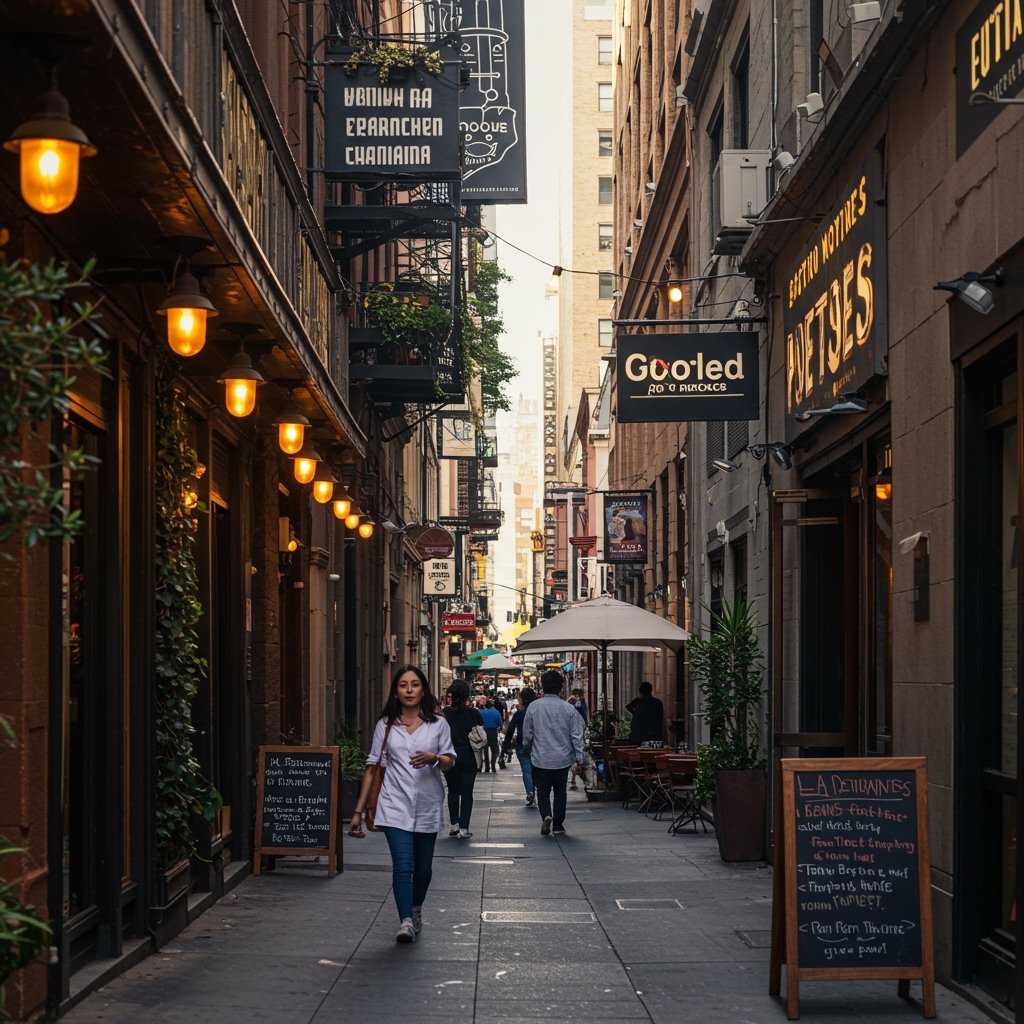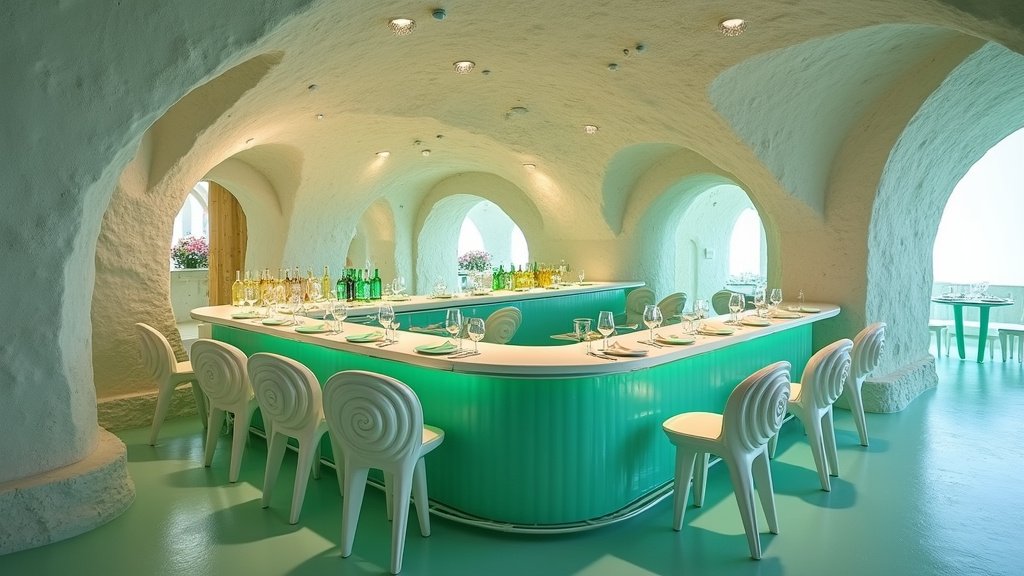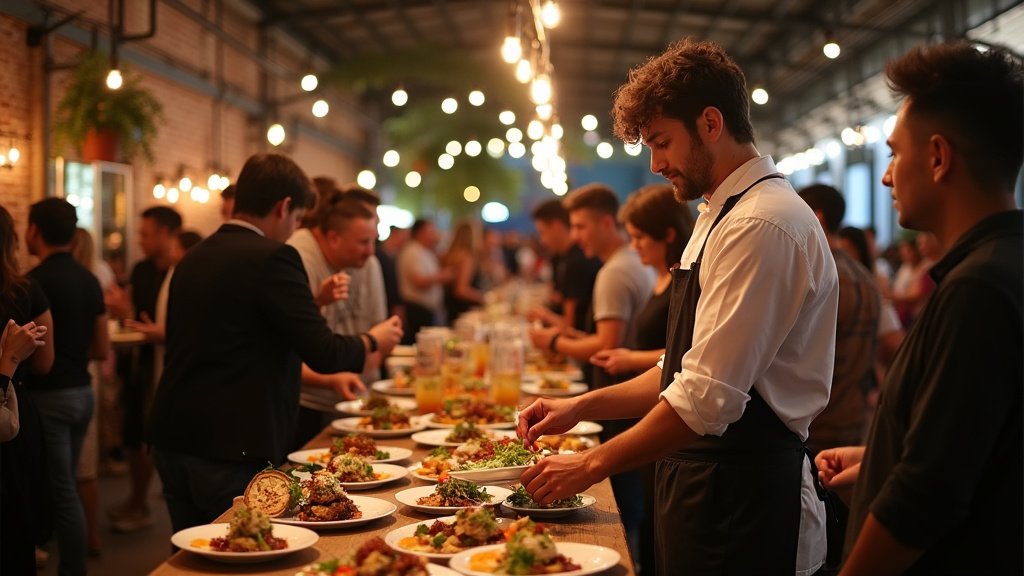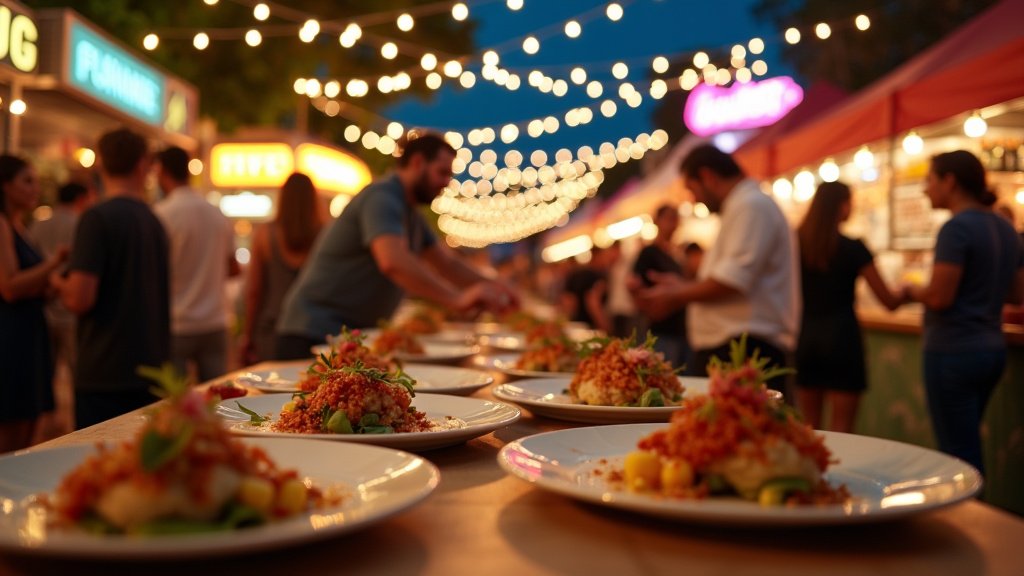Los Angeles Dining Scene Under Pressure
The vibrant culinary landscape of Los Angeles, a cornerstone of the city’s culture and economy, is currently grappling with significant economic headwinds. Many local eateries are confronting persistently rising operational costs, creating a substantial burden on profitability. This financial squeeze is largely attributed to escalating expenses across several key areas, including labor and the procurement of essential supplies. Restaurant owners report that the combined effect of these increases is putting unprecedented pressure on their bottom lines, making it challenging to maintain sustainable business models.
This period of economic challenge for the restaurant sector coincides with a new push from the city of Los Angeles to enhance its street-level vitality and support local businesses through streamlined outdoor dining. The city recently rolled out the “Open Streets Dining 2.0” initiative, designed specifically to boost the popularity and accessibility of outdoor seating options. The program aims to simplify the process for restaurants to utilize adjacent public spaces, transforming sidewalks and parking areas into inviting ‘al fresco’ dining spots, thereby adding energy and vibrancy to urban streetscapes.
Balancing Opportunity and Expense
The juxtaposition of these two major factors – rising costs and the new outdoor dining initiative – presents a complex challenge for Los Angeles restaurateurs. While the “Open Streets Dining 2.0” program offers a potential avenue for increasing capacity and revenue, the underlying issue of escalating expenses cannot be ignored. Industry organizations are playing a crucial role in helping businesses navigate this environment.
Groups such as the California Restaurant Association (CRA) are actively involved in facilitating discussions between restaurant owners and city officials. These dialogues are centered on finding a balance: how can establishments effectively leverage the new opportunities presented by the outdoor dining initiative while simultaneously managing the significantly higher expenses they are facing? The conversations aim to explore support mechanisms, address concerns about the costs associated with implementing outdoor setups, and ensure the regulatory framework is conducive to long-term success.
Impact on Menus and Operations
The economic realities are already translating into tangible changes for diners. According to recent reports from a survey conducted by the LA Restaurant Council, a significant number of establishments have found it necessary to adjust their pricing strategies to cope with the increased operational costs. The survey indicates that some restaurants have already implemented price increases, with the average increase on menu items reported to be between 10% and 15%. This measure is being taken out of necessity to help mitigate the impact of soaring costs for labor, ingredients, and other overheads, attempting to preserve profitability in a challenging market.
Restaurant owners explain that while raising prices is often a last resort, it has become unavoidable for many to cover the gap created by higher expenses without compromising the quality of food and service. The decision to increase prices reflects the severity of the financial pressure the industry is currently experiencing across the city.
Adoption of ‘Open Streets Dining 2.0’
The “Open Streets Dining 2.0” initiative represents the city’s effort to create a more permanent and predictable framework for outdoor dining, building on lessons learned from temporary pandemic-era programs. Permits for this streamlined program officially became available on June 1st, 2025. The rollout, however, is seeing varied adoption rates across the diverse landscape of Los Angeles neighborhoods.
While some areas with high pedestrian traffic or pre-existing outdoor dining cultures are quickly embracing the opportunity, other neighborhoods are showing slower uptake. Factors influencing adoption rates likely include the specific characteristics of each street, the types of businesses present, the initial investment required for outdoor furniture and barriers, and differing levels of awareness or administrative capacity among restaurant owners. City officials are monitoring the rollout to understand the barriers and facilitators to wider adoption, hoping the initiative will ultimately provide a much-needed boost to businesses struggling under the weight of rising costs while simultaneously enhancing the public realm for residents and visitors alike.
In conclusion, Los Angeles restaurants face a delicate balancing act: navigating unprecedented cost increases while exploring new revenue streams offered by expanded outdoor dining. The coming months will be critical in determining how effectively the industry can adapt, supported by ongoing dialogue with city officials and industry associations, to ensure the continued vitality of LA’s cherished dining scene.





